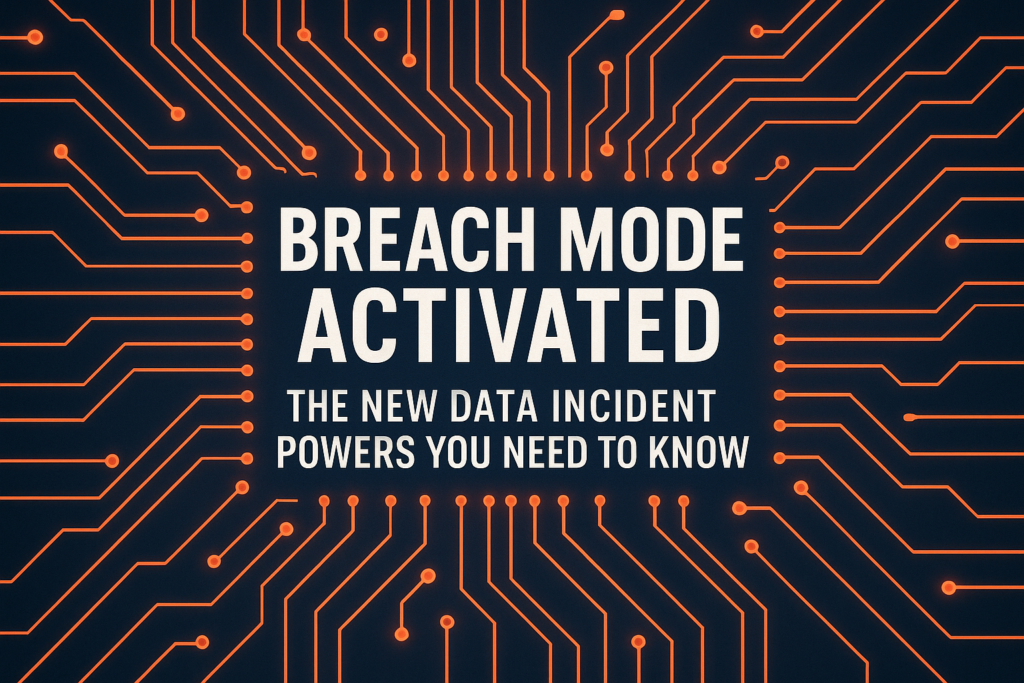 For years, when an Australian company suffered a data breach, the script was pretty simple: notify the OAIC, maybe tell your customers, and brace for PR blowback. But in a landscape of ransomware gangs, deepfake scams, and real-world harm flowing from leaked personal info, that old approach started to feel… inadequate. The new privacy law amendments (to the Privacy Act 1988 (Cth)) try to fix that.
For years, when an Australian company suffered a data breach, the script was pretty simple: notify the OAIC, maybe tell your customers, and brace for PR blowback. But in a landscape of ransomware gangs, deepfake scams, and real-world harm flowing from leaked personal info, that old approach started to feel… inadequate. The new privacy law amendments (to the Privacy Act 1988 (Cth)) try to fix that.
In this 5th instalment of our Privacy 2.0 series, we look at the new regime of EDB declarations and emergency declarations — new legal tools that give the government power to coordinate how personal data is shared during and after a crisis. If that sounds like overreach, it’s not. It’s actually quite surgical. These powers are about enabling targeted, temporary, lawful information sharing when the goal is harm minimisation — not surveillance.
Under new Division 5, Part IIIC, of the Act, which concerns EDB declarations and commenced with effect from 11 December 2024, the Minister can authorise specific entities to collect, use, or disclose personal information otherwise restricted by the APPs — but only for clearly defined, time-limited purposes like fraud prevention, identity verification, or cyber response, when there has been an eligible data breach that ticks certain boxes.
Banks, credit bureaus, and government agencies may be brought into the loop — but not media outlets. There are some safeguards, mainly comprised of transparency requirements, consultation with the OAIC, and criminal offences for going rogue with the info.
Then there are emergency declarations — a reboot of existing powers to deal with natural disasters, pandemics, and national emergencies. These let the Prime Minister or a designated Minister approve personal data handling across public and private sectors for things like locating missing persons or coordinating aid.
Again, it’s tightly scoped: the declarations can’t be used for general surveillance, expire after 12 months unless renewed, and once again exclude media outlets entirely – so there are no free-for-alls, no “Minister for Metadata” moment.
The lesson for businesses? Don’t assume your data handling obligations end at “notify the OAIC.” In breach or emergency scenarios, you may now be authorised — or even expected — to share personal information, as long as it aligns with a declaration. Legal and compliance teams should track these developments — your incident response plan may need a serious update.
In short: breach response is no longer just about damage control. It’s about lawful coordination. And if you’re caught flat-footed without internal protocols for handling this new regime, you’re behind the curve.
Next week in the Privacy 2.0 series: how the law now reimagines overseas data transfers — and whether your Singapore-based SaaS platform still cuts it.